Pest Library
Northeast Pest Control Inc
Learn More About Albany, NY's Most Common Pests and Invasive Critters
As one of Albany, NY's leading pest control companies for over 40 years, Northeast Pest Control Inc has seen its share of pests. We've collected vital information below about the pests we most frequently encounter. Learn how to identify the invasive creatures you see, and call Northeast Pest Control today for a free home pest evaluation!
Identifying Ants
Ants are typically harmless, but some, like the fire ant, pack a fiery punch if touched. At Northeast Pest Control, we see three common species of ants in the Albany, NY area.
Treat – Protect – Control
There are many ways to address ant control. Sealing off access points and decreasing crumbs and leftover food waste are just a few.
Northeast Pest Control can help design a custom ant control plan to deal with any current infestation and prevent future battles from spiraling out of control.
Schedule your in-home assessment now!
Identifying Bats
Bat season typically starts in May and reaches its peak in August when temperatures are warmest, and bats become most active. Around June, female bats give birth to one to two baby bats. They make their presence known as they grow by entering the living space.
Brown bats are common and classified into two categories: big and little brown.
Treat – Protect – Control
A bat in the bedroom or living area doesn't necessarily mean it entered through an open door or window. While it can happen, bats inside the home generally mean they've taken up residence in the walls or attic.
A bat's food supply is outside, and bats are unlikely to stray into a building in search of a meal.
If you've seen a bat (or two) and noticed bat droppings (especially under entryways) or brown stains on siding and trim, it's time to let Northeast Pest Control Inc inspect. Schedule your home evaluation today!
Identifying Bedbugs
Bedbugs earned their name for the place they most commonly like to infest—the bed. They are parasites that live solely off the blood of humans and animals. Although they don’t fly, they move quickly and are agile enough to vanish into the tiniest crevices.
How Bedbugs Emerge
Bedbugs are often introduced into the home through luggage, used furniture, and clothing. They can sometimes occur while traveling from hotels and taxi cabs. You can even encounter them in offices, movie theaters, and restaurants. Once in the home, they tuck themselves into bed frames, box springs, and mattresses and bite throughout the night.
Signs of Infestation
A common myth is that dirt attracts bedbugs. These pests can appear in both the cleanest and dirtiest of environments.
Dirt doesn’t attract them; their next meal of blood does. A bedbug problem can spread throughout the bedroom and home without proper treatment.
When left untreated, a bedbug infestation can quickly grow. Signs of a problem include:
- Waking up with itchy areas you didn’t have when going to sleep
- Dark, rust-colored spots of excrement on bedding, mattresses, and walls
- Blood stains on your bedding or mattress
Treat – Protect – Control
Our trained staff of technicians and bedbug-sniffing canines can thoroughly check your home to confirm a bedbug or other kind of infestation.
Our canine companion has specific training to quickly and accurately detect pests, allowing us to speed up the creation of a specialized treatment and bedbug protection plan just for you.
Contact us today to schedule a home evaluation.
Identifying Bees, Wasps, and Hornets
An intrusion of bees, wasps, and hornets is rarely welcome. It can even be unnerving. These little pests can pack a powerful sting, which is particularly dangerous to those with allergies—especially children. When addressing a flying insect issue, it is critical to identify which type of insect is present.
Bumble Bees
- Vary in appearance but are typically plump and densely furry
- Larger and broader than honey bees with a more rounded abdomen tip
- Thick bands of color in an alternating black and yellow pattern
- Important pollinators; not usually aggressive
- In danger of extinction and need to be handled with care
Treat – Protect – Control
Bees play an essential role in our ecosystem. While the presence of bees, wasps, and hornets can be problematic, it’s best to address treatment, protection, and control humanely.
We will create a tailored plan unique to your situation that ensures these “pests” receive prompt and humane handling.
Schedule your home evaluation today!
Identifying Beetles
The largest group of insects by species is the beetle, with roughly a fourth of all insects belonging to it. These tiny bugs can infest residential and commercial properties alike.
The most commonly found beetles are pantry pests or store-product pests. They feed on food stores and take up residence in pantries, cabinets, and storage areas with easy access to food.
Appetites and Effects
Beetle appetites are as diverse as their species. Some feed on food items like cereals, nuts, grains, pasta, and stored dry products.
Others devour odds and ends like tin or aluminum foil, prescription drugs, teas, book bindings, and more.
A beetle infestation can lead to significant property damage and health issues.
Fun Fact
Most beetles are not pests. Beetles that are pests will be found mainly on plant material or food and processed products. Signs of infestation include visibly seeing beetles crawling on surfaces or flying. You will commonly find pest beetles in pantries, cabinets, and the home's kitchen area.
Treat – Protect – Control
Let one of the trained technicians at Northeast Pest Control diagnose your beetle problem.
We will find out which species of beetle is present and create a custom treatment and protection plan to provide the best beetle control possible.
Schedule your home evaluation today!
Identifying Cockroaches
Cockroaches are one of the most common household pests in the world, and they elicit the same reaction the world over—ew! Roaches carry dangerous bacteria and present a health hazard to home and business owners and those who frequent their properties. No one wants these unwelcome house guests.
Activity Patterns
Cockroaches are most active at night when foraging for food and water.
Seeing them during the day can indicate a large population and heavy infestation. During daylight hours, they tuck into cracks and crevices.
If an infestation is present, you will likely see feces in the kitchen area, especially in cabinets and drawers. Their feces resemble coffee grounds.
You can prevent and control a possible roach infestation by limiting access to water sources and keeping a tidy environment free of food waste. Keeping food sealed in containers is also a big help.
Treat – Protect – Control
Contact Northeast Pest Control today to schedule a home evaluation if you suspect a cockroach infestation. Not only will we investigate and treat any existing pest problem, but we will also help you control and protect against them in the future.
Identifying Fleas
Pet owners are no strangers to fleas. Even the most cautious owner has dealt with a flea problem at some point. It’s also common for new residents to inherit a previous resident’s flea infestation. Non-pet owners can easily pick up these little parasites while visiting friends or traveling and later infest their homes.
Behavior and Treatments
Fleas need blood to survive. While people often find them feeding off dogs and cats, they can also feed off humans. Their bites cause itching and can leave red marks on the skin. Dark-colored speckles or flea dirt can accompany a flea infestation.
Handling a Flea Problem
Successfully treating a flea problem requires multiple angles of attack. Pet owners must simultaneously address the environment and their pets to control fleas and exterminate them.
Fleas lay eggs on their host, which then roll into the environment. Carpets, cracks, and crevices; all these areas can harbor flea eggs. It is imperative to treat the whole environment thoroughly.
Treat – Protect – Control
Don’t let a flea problem cause a headache. Contact Northeast Pest Control Inc today to schedule a home evaluation. Our professionals will diagnose and treat your pest problem and help protect against future infestations.
Identifying Flies
Are you struggling with a house fly problem? You’re not alone. House flies are among the most commonly found in and around homes. Not only is their buzzing a nuisance, but they can carry disease.
Their short lifespans make early detection and control crucial. They reproduce rapidly and in large numbers, creating the potential for a minor problem to escalate to a full-blown infestation.
Behavior
House flies usually enter the home through ripped screens, damaged siding and weather stripping, and other breaks in a building’s structure.
They thrive in warm temperatures and are attracted to the warmer air from inside buildings. Left-out food and otherwise unsanitary conditions also attract them.
Treat – Protect – Control
Treating a fly infestation involves finding and disposing of their breeding site. Our specialists will investigate until they find the source of an existing infestation. They will then create a custom treatment and protection plan to help you achieve and maintain house fly control.
Don’t let flies become the latest buzz in your home. Instead, schedule a home evaluation today!
Identifying Mice and Rats
Mice and rats are easily confused because a young rat can bear a striking resemblance to a full-grown mouse. These pesky rodents are some of the most common to infest homes and businesses. Minor mice or rat problems can quickly escalate as these pests breed and adapt rapidly.
How can you tell which pest is present? The best way to determine a pest problem is through the professional aid of a qualified technician. Northeast Pest Control can help you do just that with an on-site inspection. Here are some identifying factors of mice and rats that we see often:
Treat – Protect – Control
If our technician finds any form of pesky wildlife, we will create a personalized package just for your home and needs. We specialize in removing, treating, and pest-proofing.
From solving your current pest problem to helping prevent a future one, you’re in excellent hands with Northeast Pest Control.
Identifying Moles and Voles
Is your lawn or garden suffering from molehills or vole holes? It’s rare to see a mole above ground, but these critters leave visible signs of their presence. Mounds and raised ridges are common. You can find their surface tunnels can where grubs and worms are plentiful.
Voles leave different evidence. They create runways in the ground that range from 1-2” wide. Their burrow is generally marked by holes near tree bases and in lawns.
Moles and voles have distinct differences. Moles are meat eaters and dine on insects, earworms, and grubs. Voles are vegetarians and eat the roots and stems of various plants.
Treat – Protect – Control
The most effective way to treat a mole or vole problem is by trapping and removing these pests. We achieve future protection and control by making your property less attractive as a potential home for moles and voles.
Contact us today to schedule your home evaluation. Not only will we investigate any current mole or vole problems, but we will also create a custom plan for protecting your home and lawn.
Identifying Mosquitoes
If you enjoy any time outdoors, you will appreciate a yard as mosquito-free as possible. Seeing at least a few mosquitoes in the spring and summer is almost guaranteed. These flying pests are most obnoxious and dangerous for their bite, which can spread diseases.
While contracting an infection from a mosquito bite is rare, these pests can spread West Nile Virus and Eastern Equine Encephalitis (or Triple E).
Fun Fact
Mosquitoes don’t have teeth. A long, pointed mouthpart causes the “sting” accompanying their bite called a proboscis. It pierces the skin to locate a capillary and then draws blood through one of two tubes. Mosquitoes only draw about three milligrams (or a tiny “prick’s worth”) of blood.
Mosquito bites commonly cause severe itching and welts. They can turn any outdoor activity into a challenge. While bug repellants can help reduce their obnoxiousness, a growing number of mosquitoes invading your yard can become a real problem.
Treat – Protect – Control
At Northeast Pest Control, we are experts in mosquito control. We utilize the most effective treatments, which include:
- Eliminating the environments surrounding your home where mosquitoes breed
- Treating the places mosquitoes land
- Controlling their return with monthly treatments
Contact us today to schedule your home evaluation!
Identifying Opossums
Opossums become problematic when they nest and forage. They can cause severe issues in both residential and commercial areas. Opossums are carriers of numerous unwanted pests.
Opossums can also introduce fleas, lice, mites, and ticks to your home area through their presence. They can also carry a protozoan known as Sarcocystis neuroma, which can cause neurological disease in horses.
Signs of an Opossum Infestation
- Loud scratching noises similar to rats and mice but louder
- Hissing and shrieking, clicking or lip-smacking
- Damage to shingles, roofing, siding, eaves, and gutters
- The smell is one of the most distinct characteristics of an opossum infestation; their droppings can soak into building materials and insulation, causing a pungent odor
- If you have a pet, their food vanishing faster than usual can signal an opossum foraging
Treat – Protect – Control
Unlike their close relative, the possum, opossums don’t “play possum” or dead when threatened. They usually stand their ground and bare their sharp teeth when pets, other animals, or people confront them.
If an opossum has taken nesting in your home area, it’s best to have one of our experts investigate and handle the threat, so you avoid a possible bite.
In addition to handling opossums, we will also work to treat and protect your home area against future infestations. Contact us today for a home evaluation!
Identifying Racoons
Raccoons are highly intelligent animals that have adapted to life with humans so adeptly that they are now considered more urban animals than wildlife. They naturally forage for food and have learned that dumpsters and garbage cans are treasure troves. They’ve even figured out what great homes human houses and sheds make, and they can open a door by using the doorknob!
A racoon's foraging raids on garbage cans and dumpsters can cause any homeowner a headache. Their nighttime activities can leave behind knocked-over bins, scattered food remains, knocked-over items from climbing (especially in porches or sheds), traumatized pets, and even paw prints.
Signs of Rabies In a Racoon
Raccoons can sometimes carry rabies and are a significant host of the disease. Rabid raccoons are more likely to be active during the daylight and display critical symptoms, including:
- Wet and tangled fur
- Difficulty walking
- Confusion
- Aggression
Occasionally, a rabid raccoon will foam at the mouth or have watery eyes. If you suspect a raccoon is rabid, contact animal control immediately.
Treat – Protect – Control
Raccoons are a pest problem requiring qualified assessment by a properly equipped professional; this is Northeast Pest Control's specialty. Wildlife control factors must also be addressed to best control and protect against a future raccoon raid.
Identifying Squirrels and Chipmunks
Squirrels are, on average, larger than chipmunks and come in more varieties. While they may appear cute and cuddly, squirrels and chipmunks present a unique pest problem. They can be a homeowner’s nightmare and a significant expense, which is why we specialize in squirrel solutions and chipmunk control.
Treat – Protect – Control
Squirrels and chipmunks can cause various problems, from property to yard damage. If their population grows out of control, they can severely hinder property upkeep and your wallet.
Our experts can troubleshoot any squirrel or chipmunk problem and implement a humane solution. Contact us today for a home evaluation to receive personalized squirrel solutions and chipmunk control.
Identifying Stink Bugs
Few pests decimate home plants, gardens, and crops like the stink bug. This pest invades in the autumn months and emits a pungent odor similar to coriander. The smell comes from stink glands, a defense mechanism to ward off predators.
North America is home to more than 200 species of stink bugs. The one you’re most likely to encounter in the Albany, NY area is the brown marmorated stink bug.
Fun Fact
The stink bug is not indigenous to the United States. These bugs originate in China, Japan, the Korean peninsula, and Taiwan.
Biologists noted the first U.S. specimen in 1998. By 2010-11, the stink bug became a season-long agricultural pest.
Treat – Protect – Control
While harmless, the stink bug is a highly frustrating bother. It can wreak havoc with home gardens and be a farmer’s nightmare.
Contact the experts if you’re ready to treat and control stink bugs. Schedule your home evaluation with Northeast Pest Control today!
Identifying Termites
Termites are small insects that pack a giant punch. Their tiny mouths lined with saw-like teeth can inflict significant damage on buildings and structures. They feed on wood and products containing cellulose nearly non-stop. If not adequately treated and controlled, termites can cause an entire construction to collapse.
Subterranean termites make up about 90% of termite infestations in the U.S. Termites are often confused with carpenter ants due to similarities in appearance.
Signs of a Termite Invasion
How do you know if termites are invading? There are a few signs to look out for:
- Flying Termites: The presence of flying termites or swarmers is one of the first signs of a termite problem.
- Head Banging: Quiet clicking sounds coming from the walls—the head banging of soldier termites—can indicate an infestation.
- White Ants: Termites are light in color, usually white or creamy. They may look like ants but are not; ants are darker—black, brown, and red.
Treat – Protect – Control
Successful prevention includes limiting water accumulation near a building’s foundation.
Reducing humidity, diverting water away through functioning downspouts, and eliminating wood contact with the soil are all crucial factors in termite control.
If you suspect a termite infestation, don’t delay. Call Northeast Pest Control today to schedule a free home termite evaluation.
Identifying Ticks
The transmission of Lyme disease is the most prominent danger ticks pose. Lyme disease is a bacterial infection. It can lead to several health problems if left untreated. When diagnosed early, patients are treated with antibiotics and usually recover rapidly.
People commonly find ticks infected with the disease in the Northeast (including New York State), upper Midwest, and along the Northwest coast of the United States.
New York State is home to three common types of ticks.
Treat – Protect – Control
Ticks inhabit densely wooded areas and relocate via their host. They don’t thrive indoors and arrive inside via human or pet carriers.
Contact Northeast Pest Control today for a home evaluation if you are concerned about ticks in and around your property.
We can treat an existing problem and help you devise a customized tick control and protection plan to help ensure your safety.
Identifying Woodchucks
Woodchucks, also known as groundhogs, may be cute during Groundhog Day, but they are binge-eating rodents capable of wiping out a homeowner’s vegetable garden. An adult woodchuck eats about 1 to 1.5 lbs of vegetation daily.
They also burrow, resulting in obnoxious holes popping up throughout your yard or property. Woodchucks hibernate for four to five and a half months over the winter, emerging to mate and give birth in the mid-spring. It’s no wonder they are such ravenous eaters during the following months.
Eating Habits
Woodchucks will eat and gnaw everything from vegetables to flowers, including fruit trees. Some of their favorite foods include:
- Alfalfa
- Beans
- Broccoli
- Clover
- Lettuce
- Peas
- Soybeans
They dine the most during the early morning and afternoon hours.
Treat – Protect – Control
We specialize in humane woodchuck solutions. Our experienced technicians can help you encourage these destructive critters to go elsewhere.
If they are attracted to a garden, we can use deterrents to ward them off. Elimination of woodpiles and other nesting areas will also help control woodchucks.
Northeast Pest Control will develop a customized woodchuck solution plan for your home and property. Schedule your home evaluation today.
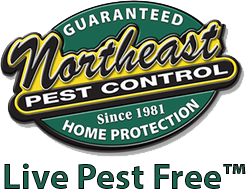
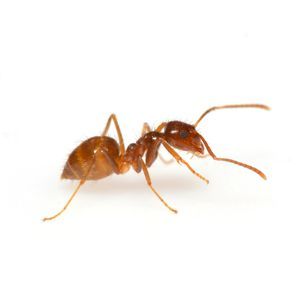
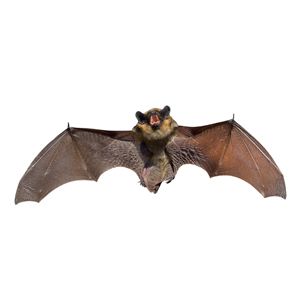
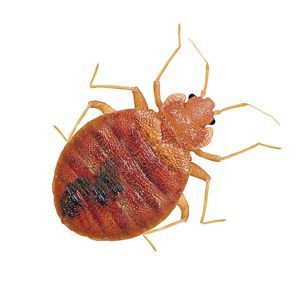
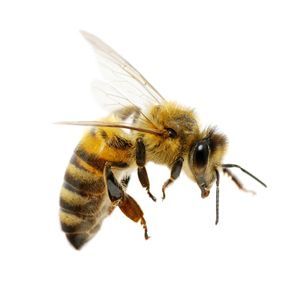
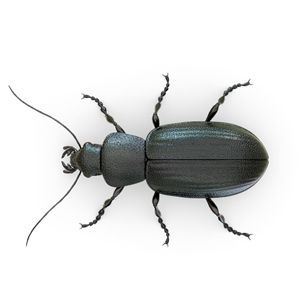

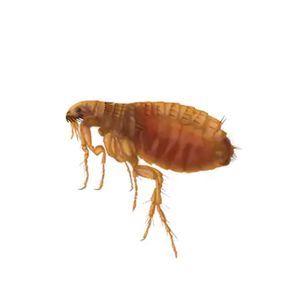

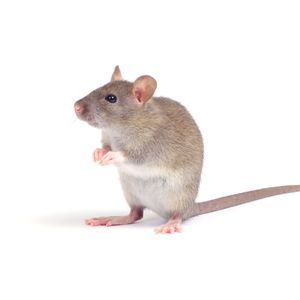
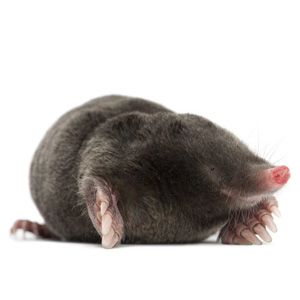
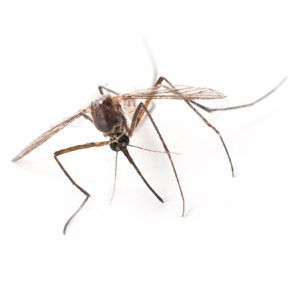


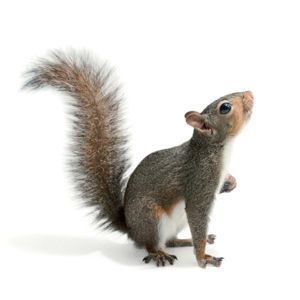
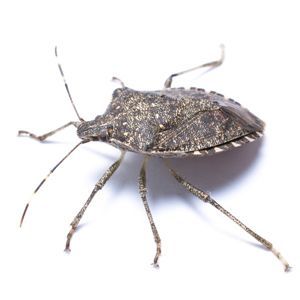
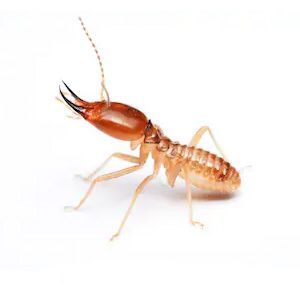
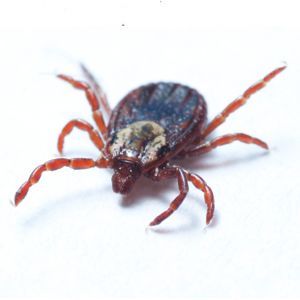
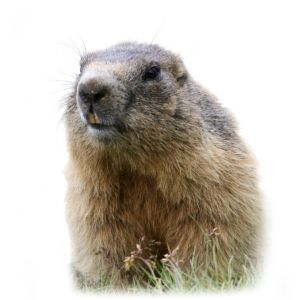

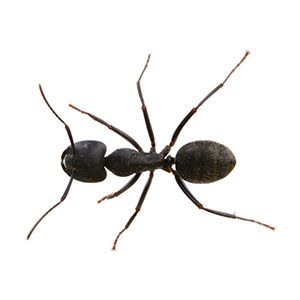
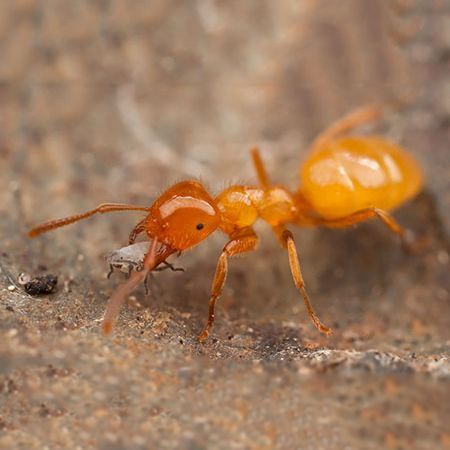
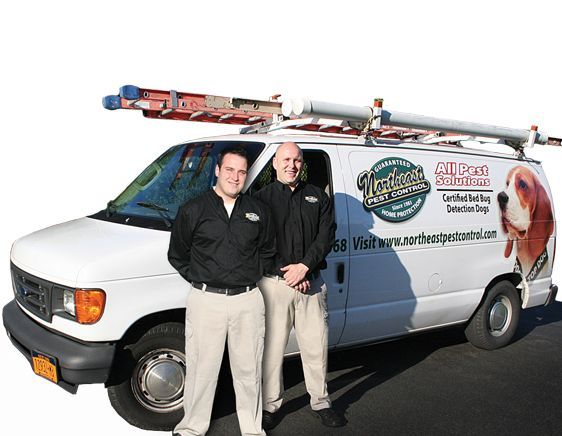
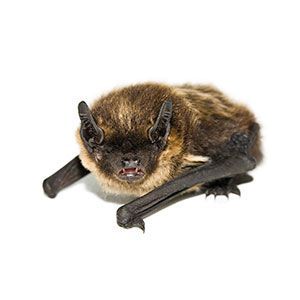
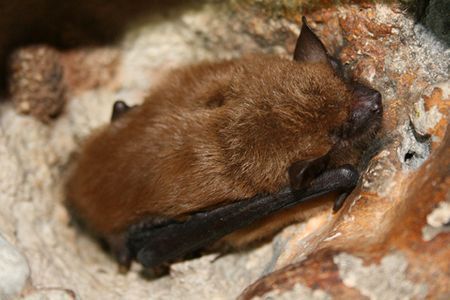
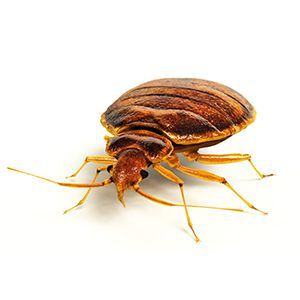
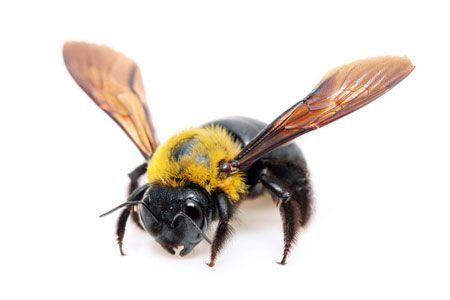
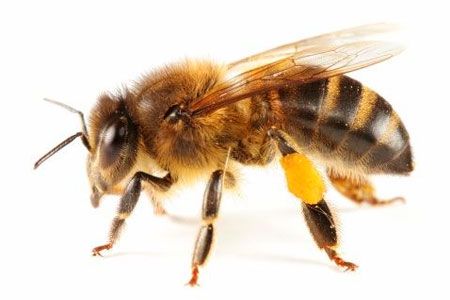
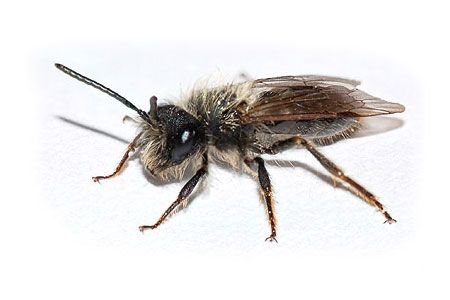
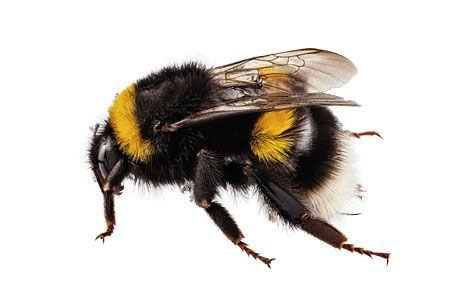
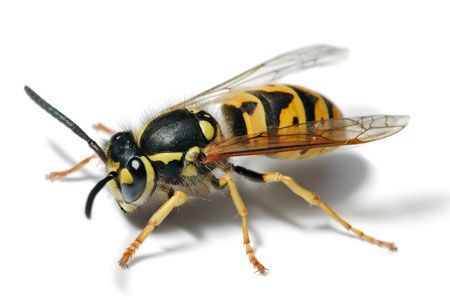
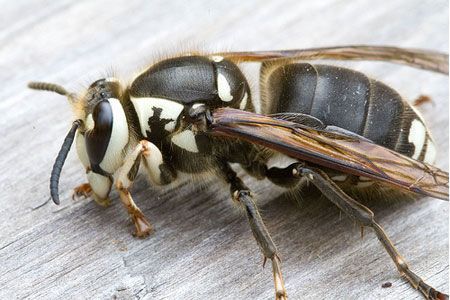
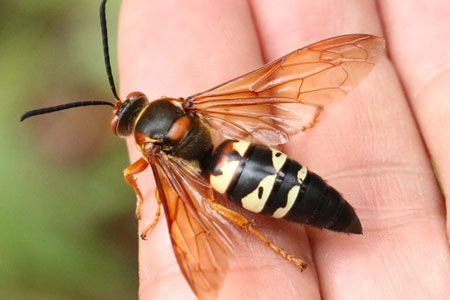
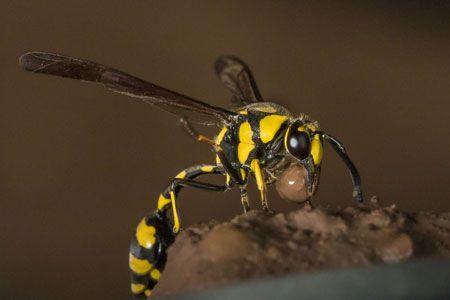
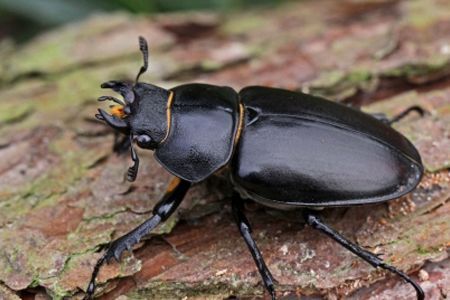
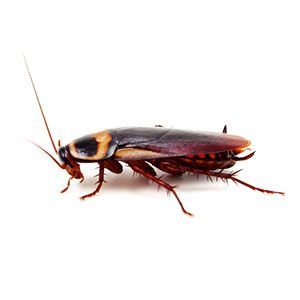
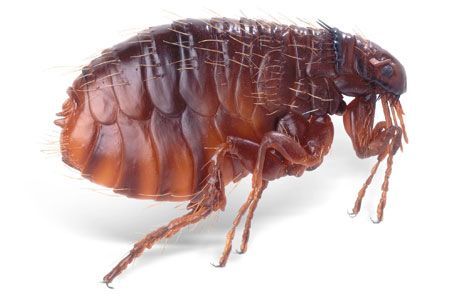
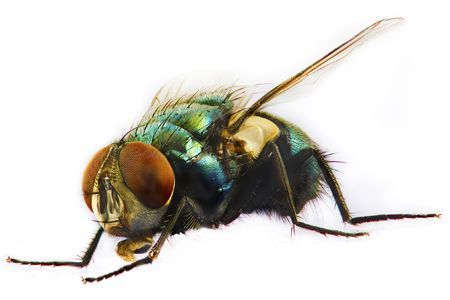
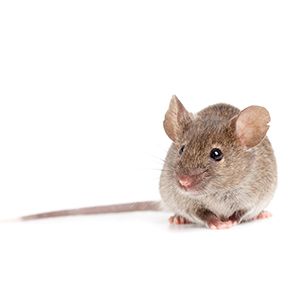
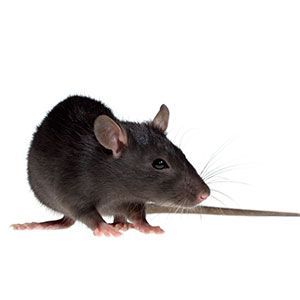
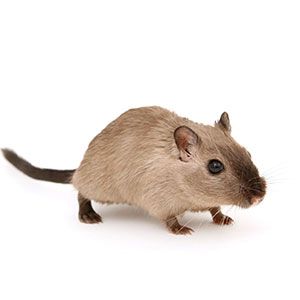
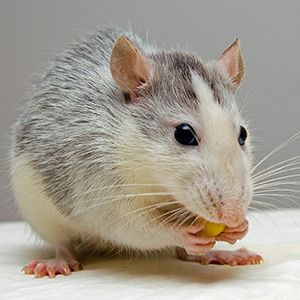
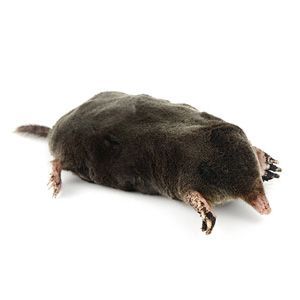
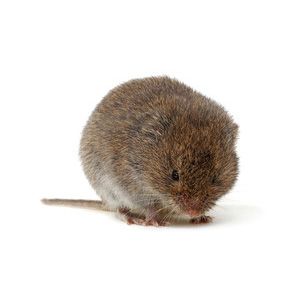
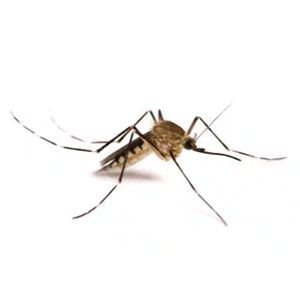
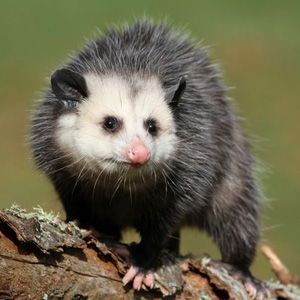
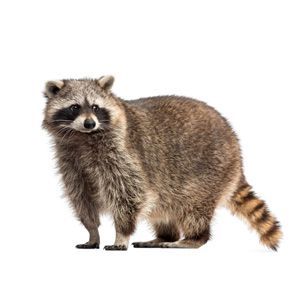
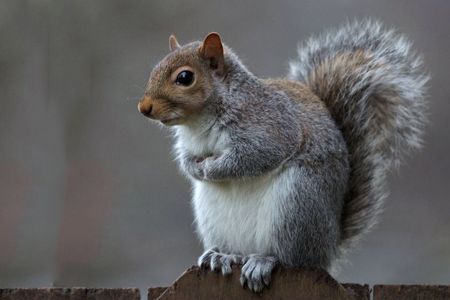
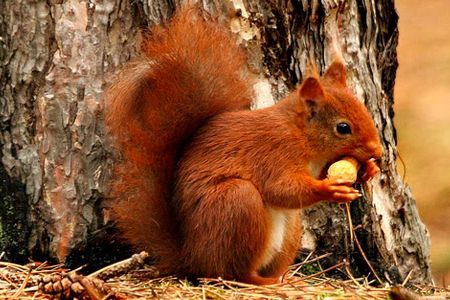
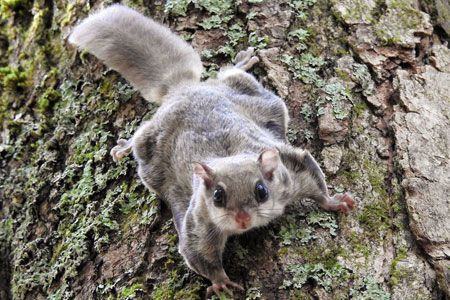
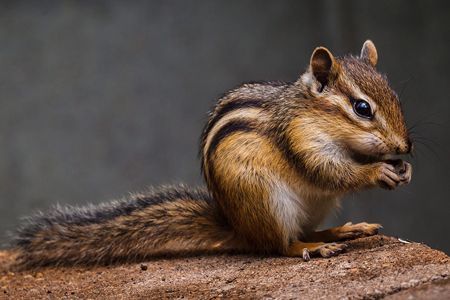
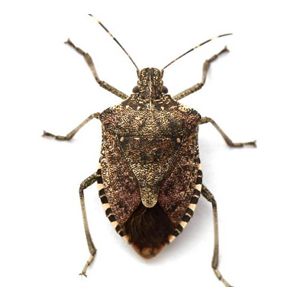
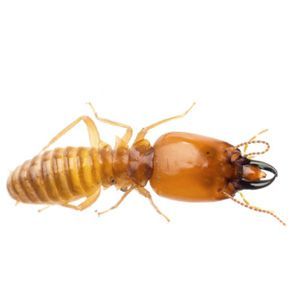
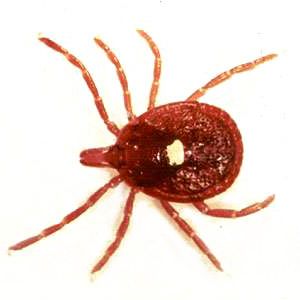

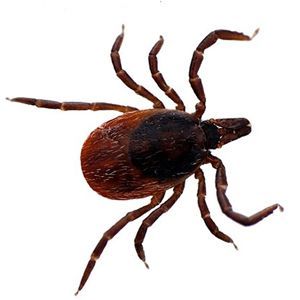
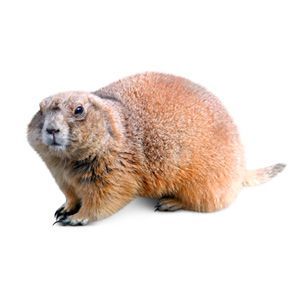








Share On: